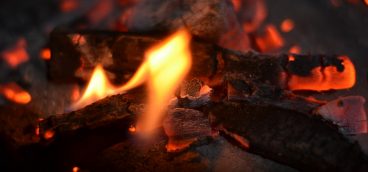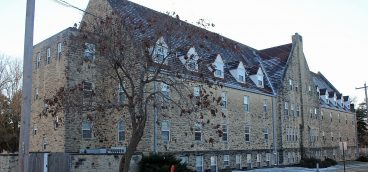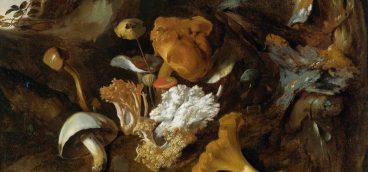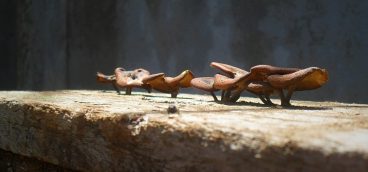The Charm Offensive
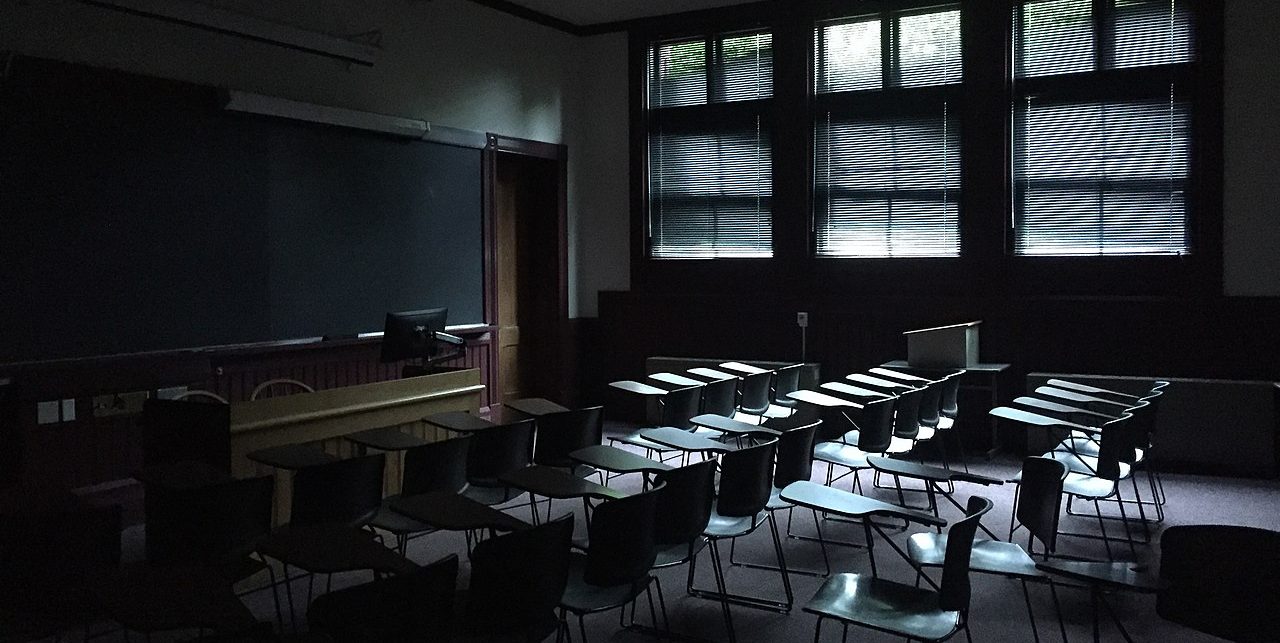
As I’ve mentioned, pretty much everyone in the Northeast Kingdom hated VA. But according to Rich Bolotin, who ran VA, this was no more than a minor misunderstanding – a little re-education would turn these folks around in no time.
Previously in this series:Mom
Specifically, Rich’s idea was that the kids at VA would perform a series of “good works” around the Kingdom, civic improvement projects. Over time, when the locals thought about VA, instead of thinking “Them damn rapists and seducers over there to VA,” they’d think “Them sweet kids over to VA what’s done all them good deeds f’r us all.” It was pure lunacy, but Rich wasn’t to be discouraged.
The first sortie in the charm offensive took place just a few days after I arrived at VA that summer. There was a baseball field in Newport, the largest town in the Kingdom, that was unplayable and needed to be fixed up. So, sight unseen, Rich told the Newport Town Council the kids at VA would fix it up.
I rode the Vespa up to Newport to take a look at the field. What had clearly happened was that Lake Memphremagog had flooded early that spring and inundated the field, moving earth from the outfield into the infield and leaving huge humps of mud behind. The place looked like a miniature Badlands National Park.
I went back to VA and told Rich that trying to work on the field now would be madness. What needed to happen was to wait for the mud to dry out – say, by late fall. Then it would be a simple matter to move the dirt around, regrade the field and re-seed it and the place would be good as new.
But Rich was having none of it – he’d told the Town Council that VA was going to fix up the field and that’s what was going to happen.
I won’t go into gory detail about what happened next because the president of the Newport Town Council summed it up best. “B’fore VA got ‘nvolved,” he said, “we ‘ad a unplayable baseball field. Now we got a purty good town dump.”
Undeterred, Rich looked around for the next foray in his charm offensive, and he found it on the Trombley family farm, which was only a few miles down the road from VA. Farmer Trombley had recently died and for years before that he’d been sick. As a result, routine maintenance on the farm hadn’t been done and, in particular, the barn was a mess. The roof had leaked and that caused the floor to rot and now the barn was unusable.
Rich contacted the Widow Trombley and offered to have VA fix up the barn for free. We would repair the roof, replace the floor, and paint the entire barn. It apparently never occurred to Rich that no one at VA had any idea how to do any of this.
After many hours of argument I finally convinced Rich that only an actual roofer could replace the shingles on the barn’s huge roof, but he insisted that all the rest of it – replacing the part of the wooden roof that was leaking, replacing the barn floor and painting everything – had to be done by VA.
My first job was to assemble everything we would need: plywood for the roof and floor, 2×8 floor joists, sixteen-penny nails, and tons and tons of paint. The plywood, joists and nails were donated by local merchants, but unfortunately VA had to pay for the paint.
Math wasn’t exactly my strong point – I was an English major – but I walked around and around that barn pacing off its length and width and then estimating its height. I figured two coats of primer and one coat of finish, added 20 percent as a fudge factor, and did the math. Then I went up to the hardware store in Newport and got a quote, which I took to Rich.
Who practically had a heart attack. “Are you kidding me?” he shouted. “One coat of base’ll be fine, and what’s this nonsense about adding 20 percent? The way we do it is, we paint the front and sides and then if we run out of paint we leave the back as-is. Nobody’s ever going to see it.”
Rich was, of course, using the royal “we” – he never went anywhere near the barn.
On a sunny Sunday morning I piled the boys and the paint and the supplies into the Ford van and off we went. I couldn’t allow the boys to climb up on the high extension ladders, so I did the high work. I let Earl and Eddie use stepladders to do the middle work and the rest of the boys stood safely on the ground and did the low work.
Around noon the girls and Meg showed up with a picnic lunch, but then the girls wouldn’t leave. They wanted to paint, too. It was bad enough trying to keep track of what the boys were up to while I was painting on a high extension ladder, but now I also had to worry about the girls.
In the end the kids got more paint on themselves and on each other than they did on the barn, but they had a great time and we managed to get a base coat on the entire front side of the building.
The following Sunday it rained and the Sunday after that the kids had to go down to Rutland for one of their periodic psychiatric examinations, so it wasn’t until the third Sunday that we finally returned to the Trombley barn to resume our work. As I pulled the van up beside the barn I heard Earl say, “Uh, oh.” I was busy parking and paid no attention to him, but then he said, “You ain’t gonna like this, Mr. C.”
I followed Earl’s gaze to the front of the barn, which we’d painted two weeks earlier. Except there was no evidence that any paint had ever touched it – that old barnwood was so dry it’d soaked up paint like the Sahara Desert soaks up raindrops.
Next up: VA, Part 8



